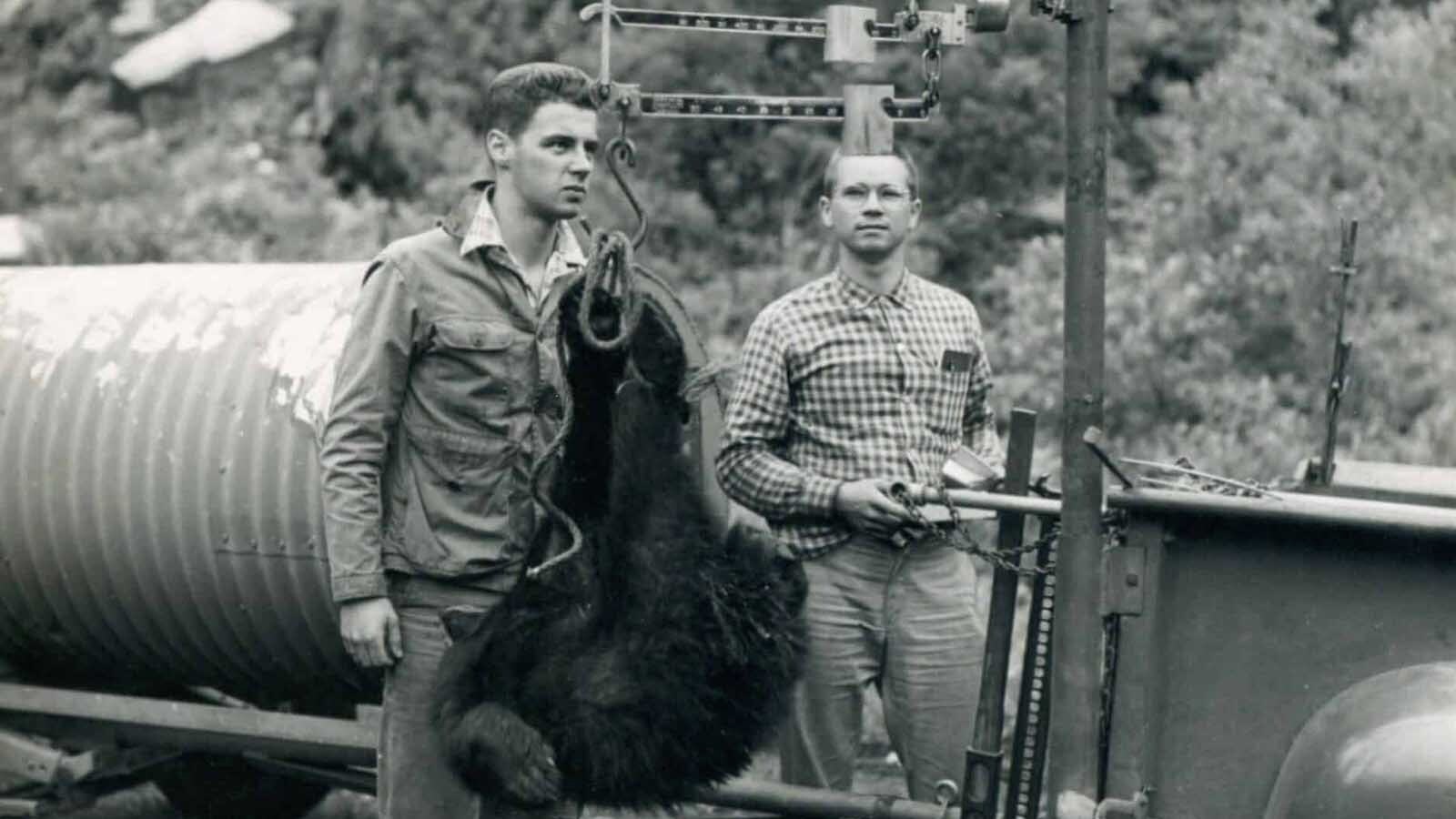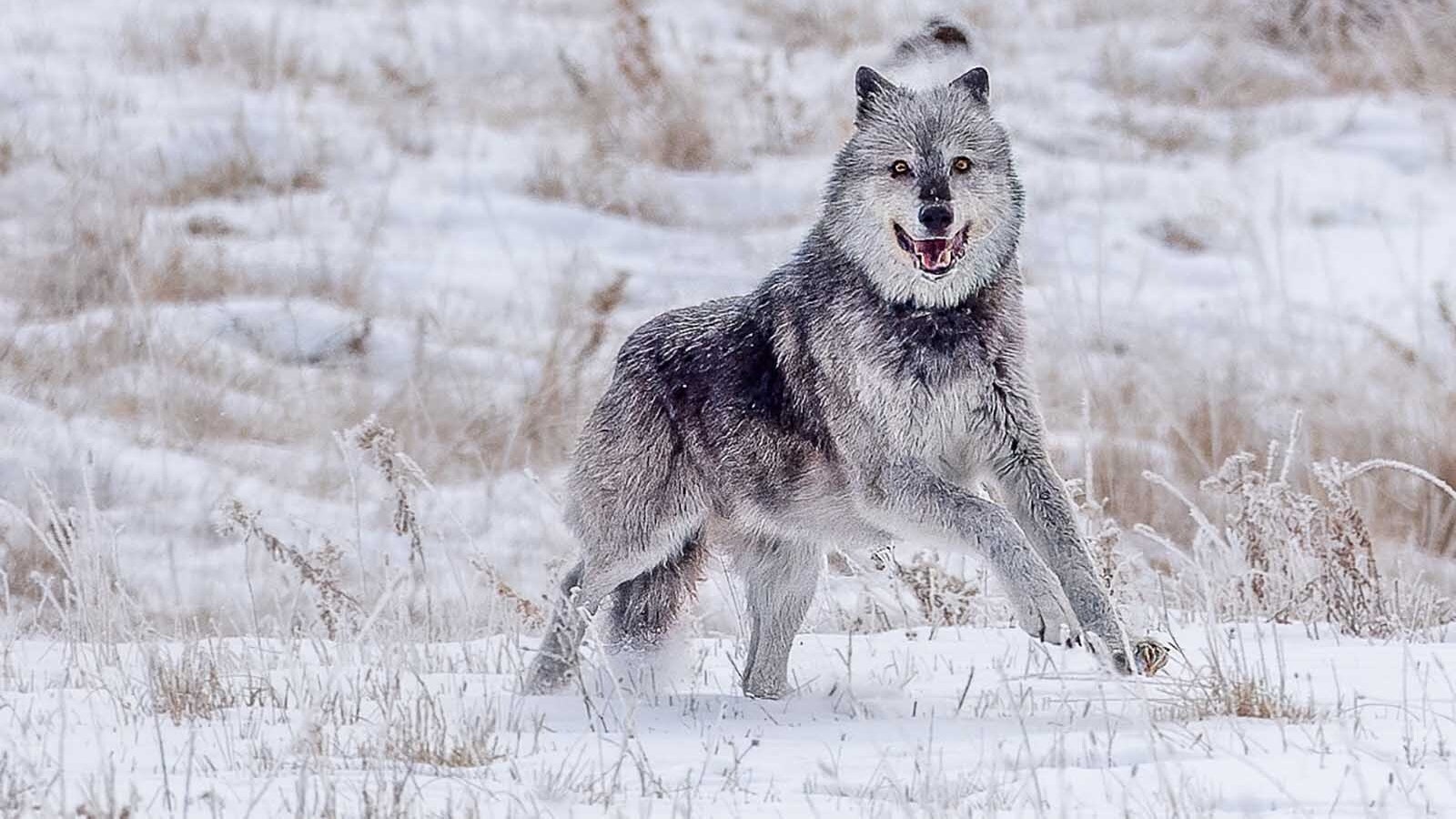CASPER — The MD-87 Erickson Aero Tanker sat on the tarmac with other firefighting aircraft at Casper/Natrona County International Airport waiting to roll.
Among the pilots and crew waiting at the airport’s new Single Engine Air Tank/Large Air Tanker (SEAT/LAT) base last Saturday included a three-man crew from Erickson. It been a huge fire season in Wyoming with more than 600,000 acres burned, mostly in the northeast part of the state.
Like any other on-duty emergency responders, they were waiting for their next mission.
Training Capt. Brian Lash, 64, was on the first week of a two-week rotation at the airport. He and fellow pilot Ryan Swaykon, 43, along with a crew chief, have been on firefighting missions across the region every day, dumping thousands of gallons of slurry on wildfires that have raged this summer.
“We generally show up at 9 o’clock in the morning and we wait for dispatch,” he said. “You relate it to being a structural firefighter. You are there in case something happens in case there is a need. You are washing the airplane, studying — do whatever until it is time to go.”
When they are called, they muster out and run their missions like their at way. And they are — with wildfires. Instead of dropping weapons on enemy troops, they’re bombing wildfires.
Lash has flown over Wyoming many times in his career fighting fires from the air, but had never been to Casper.
Erickson Aero Tankers has a contract with the U.S. Forest Service, and Lash said two crews are assigned to the jet, rotating every two weeks.
A native of Redmond, Oregon, Lash’s air career started with learning to fly at age 21 in 1981, then joining his dad crop dusting in 1984.
Three years later, he was in the co-pilot seat next to his dad flying a DC-7 and dropping retardant on fires. He worked first for Butler Aircraft out of Redmond and now Erickson, which is based out of Madras, Oregon.
The transition from flying a 1959 twin-engine propeller aircraft stripped down for fire service duties to the twin-engine 131-foot converted passenger jet came in 2017.
Flying the jet provides the ability to get to a fire much faster, but the thought processes involved needs to speed up as well, Lash said.
‘Mental Airplane’
With a jet that can speed at nearly 350 mph, getting to a fire anywhere in Wyoming or across bordering states does not take long. Earlier last week, Lash flew a mission that covered South Dakota, Nebraska and Wyoming.
“A 100-mile dispatch only takes up 15 minutes to get there,” Lash said. “It’s a mental airplane, you are so fast and trying to stay ahead of it.”
Earlier this summer, Lash and his crew worked the Park Fire near Chico, California, from a base in Redding, California, about 70 miles away. They were able to do 16 slurry drops in one day.
“It was in and out and it was 5 1/2 hours of flight time,” he said. “We spent more time loading on the ground than we actually did in the air.”
Challenges for pilots who fly fire missions include the terrain, smoke, obstacles such as power lines, towers or anything that could represent an impact threat as they swoop in to dump fire retardant from just 150 feet while flying at 160 mph.
Prior to making a run, Lash said a pilot always calculates his escape route to climb out of a drop. Often, the smoke can hinder visibility.
With a large air tanker, the role of the plane is not about putting the fire out, but controlling the blaze and limiting its growth, Lash said. Also, protecting structures and lives by laying down retardant between a fire and homes or firefighters in danger on the ground.
“You are trying to squeeze it in and keep it from getting big so you can get around it. You have the heel where the fire started and the head where its going and then you have the left and right flanks,” he said.
Typically, a drop might start at the heel of a fire and proceed along the most advantageous flank with the goal of bringing it to a place of control.
When his tanker is the first aircraft at a scene, Lash said it then becomes the initial attack aircraft, sometimes with an incident commander below on the ground. The responsibility of the initial attack aircraft includes determining an appropriate way to attack the fire as well as coordination with ground needs.
“Generally, there is the IC (incident commander) on the ground, we’re working for him,” Lash said. “They are telling us what the objective is, and a lot of time they are asking us because we have a better vantage point, what the fire is doing, which way it is running. They ask our advice, and we tell them what we think then we coordinate how they want to attack the fire.”
When several aircraft are involved working a fire, then an air controller circling in an aircraft above the fire takes over the scene and a second aircraft will help direct tankers to where the retardant drop is needed. Lash said that becomes very efficient and allows the air assets to be used to their potential.
A Pilot’s Life
With years at the controls of aircraft, Lash still enjoys his job and said the two weeks on, two weeks off schedule allows for family time.
When he first started flying, the season was four to six months. Now the fire season stretches nearly the whole year.
“We take an airplane to Chile, and that starts the first part of December until about the first of March. And we alternate crews to go down and staff that,” he said. “And then on top of that we have recurrent training where we go every year and get a type check in the airplane again and do that in Miami.”
There is also a week of training in the spring required by the U.S. Forest Service to get recertified. Shortly after that, the fire season kicks in.
This year, Lash began the season in New Mexico and has since covered Arizona, California, Nevada, Oregon, Washington, Montana, Colorado, South Dakota and Nebraska.
He has flown missions over much of the U.S. during his career.
During the early days in the DC-7, Lash said the crew had a big sectional map of much of the western United States up on the wall of the airplane and navigation involved dragging a line on the map to figure out flight paths and get rough estimates of the terrain.
Technology Helps
Now, technology has made that much easier and safer.
“Now iPads and all the electronic navigation we have, we put the lat/log (latitude/longitude) in, and it shows us the distance to the fire and we can expand out and determine what there is hazardous, heights, obstacles, the kind of altitude we are going to be working at,” he said. “Situational awareness is so much greater than we ever had before.”
Filling the 3,000-gallon tank with retardant usually takes five to 10 minutes at the tanker base. There are ports on both sides of the aircraft and a 3-inch line is stretched out to the plane to deliver the 27,000 pounds of fire quashing liquid.
If the plane does not need fuel, Lash said, they keep the second engine on the other side of the aircraft from the hose running to facilitate getting back up in the air quickly. When several planes are needing retardant or fuel, it becomes a chess game whether the planes all fly to the same base or a different base that may be farther away but would allow for quicker turn-around times.
Usually, the pilot in the left seat controls the spray of retardant out of the aircraft with a button. There are computer controls that allow them to put down variations of spray depending on the terrain. Grass fires typically get a lighter spray and heavily forested areas a heavy version to penetrate the canopy.
With 37 years of fighting fires from air, Lash said, there have been missions that “have gotten my attention.” His experience in those situations helps him face the next challenge and “the puzzle that is happening at the time.”
He plans to keep flying and enjoying the opportunity to do something he loves.
“Each drop is a different scenario, you are figuring out who is the air around you … and what’s the best use of the load that you brought them for the ground,” he said. “We are supporting the people on the ground who are fighting the fire. So you just want to get in and do your job and do it safely and go back and get another load.”
Dale Killingbeck can be reached at dale@cowboystatedaily.com.













